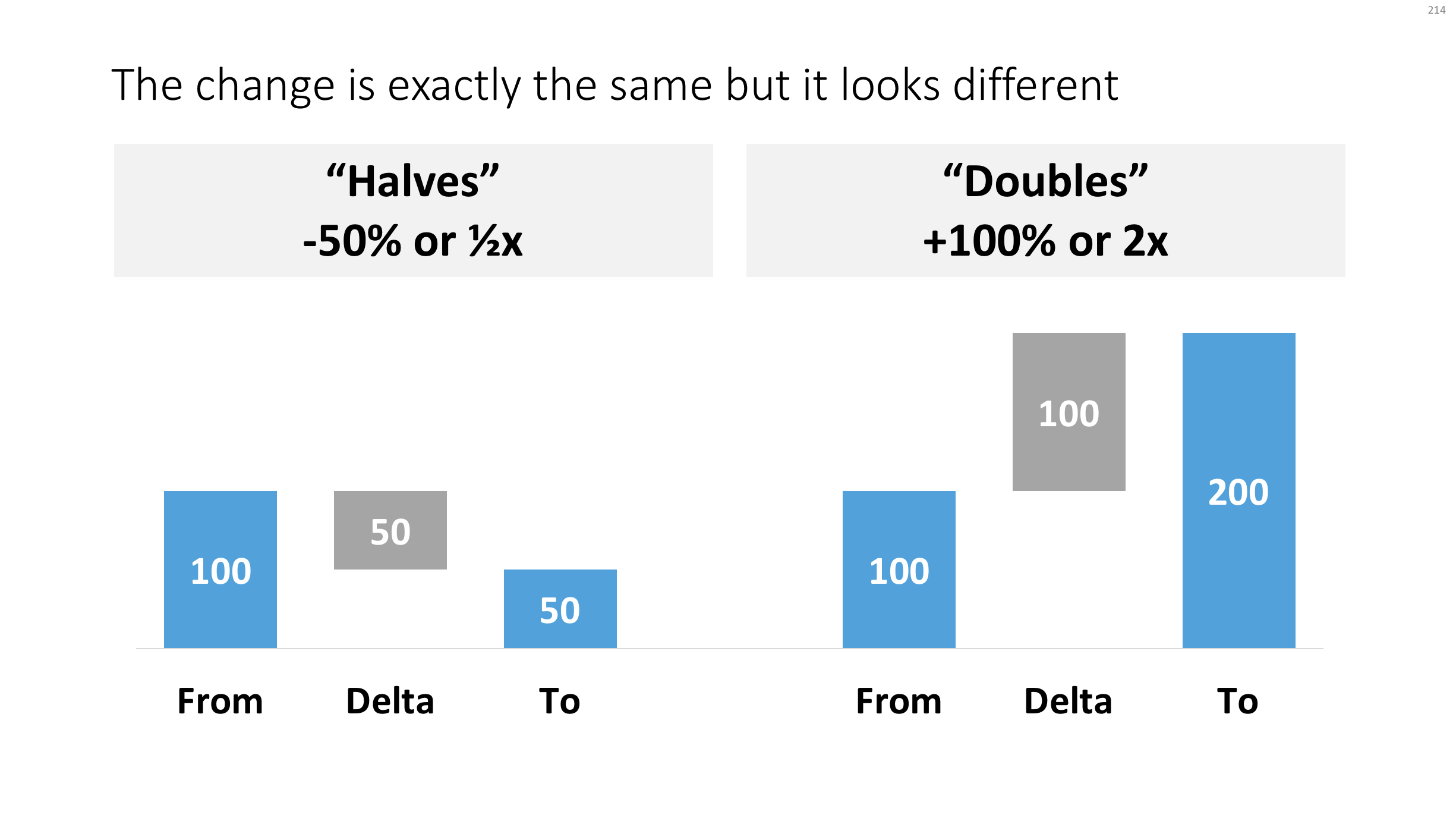The last time I used macros in PowerPoint was probably back in the 1990s during my time as an analyst at McKinsey. Yesterday, I picked things up again where I left them of.
To my surprise, the record function is no longer available (at least on a Mac). This used to be my secret weapon: record something very roughly, analyse the automatically generated code, and re-write that in a better way. The fastest way to learn the macro language.
Now you have to go through the process of learning VBA via the MSDN website. For someone with a Computer Science degree (i.e., me), this is doable, but I am afraid, anyone else will get lost.
Macros are still very hard to make idiot proof. Giving non-technical users access to a neat button in their ribbon that does magic probably works 70%, but in 30% of the cases, it will either not work, or worse: do damage to their work.
I need macros to speed up my production time of slides for the template store. Highly repetitive work is the bottleneck: creating thumbnail images, creating the individual PowerPoint and Keynote slides, in different aspect ratios, and creating the product pages on the store.
I toyed briefly with the idea of outsourcing this to other designers, but after a few days of study, I might have found a way to automate the bulk of the work, which will save me a tremendous amount of time and reduce errors, and free up my hands to increase the speed at which I can add slides to the store dramatically.
Things look a bit trickier for Keynote, I am going to dive into Apple Script and see whether it can help me.
Stay tuned.



























